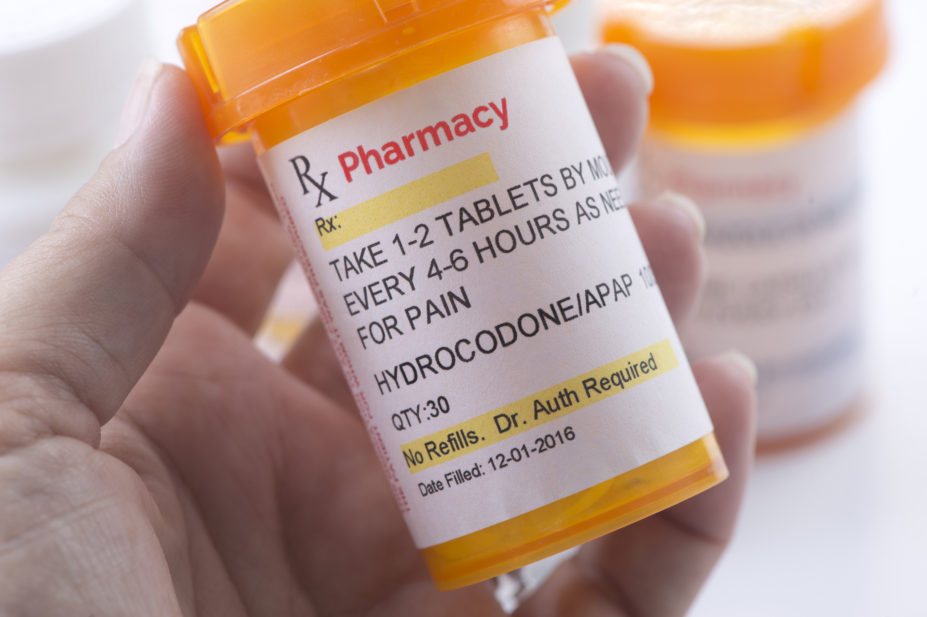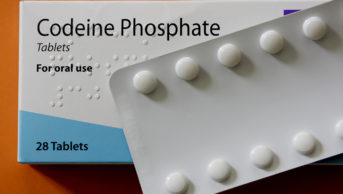
Shutterstock.com
The number of opioids sold through online illicit markets has doubled, coinciding with the restriction of one of the most frequently presctibed opioid analgesics in the United States, according to results from a study published in The
British Medical Journal (online, 13 June 2018)[1]
.
In October 2014, the US Drug Enforcement Administration ruled to reschedule hydrocodone combination products — the most frequently prescribed opioid analgesic in the country at that time — from schedule III, which includes drugs with a moderate to low potential for physical and psychological dependence, for example ketamine, anabolic steroids or testosterone, to the more restrictive schedule II category, which contains drugs with a high potential for abuse such as cocaine, methadone and fentanyl, to narrow the circumstances in which the drug could be prescribed.
The study aimed to examine the effect of the rescheduling on the trade in opioids through online illicit markets, also known as ‘cryptomarkets’.
The researchers collected data from 31 of the world’s largest cryptomarkets in operation between September 2013 and July 2016. They focused on the proportion of total transactions of six product types: prescription opioids; prescription sedatives; prescription stimulants; other prescription drugs; and illicit opioids between the United States and elsewhere, for example Europe.
Over this period, the percentage of total drug sales represented by prescription opioids doubled from 6.7% to 13.7%, corresponding to a yearly increase of four percentage points in market share.
However, there were no significant changes in sales of prescription sedatives, prescription steroids, prescription stimulants or illicit opioids. The same trends were not seen in other countries.
The authors said their findings suggest the possibility of a causal relation between the schedule change and the percentage sales represented by prescription opioids on cryptomarkets.
“Our analysis cannot rule out other possible causal explanatory factors, but our results are consistent with the possibility that the schedule change might have directly contributed to the changes we observed in the supply of illicit opioids.”
References
[1] Martin J, Cunliffe J, Décary-Hétu D et al. Effect of restricting the legal supply of prescription opioids on buying through online illicit marketplaces: interrupted time series analysis. BMJ 2018;361:k2270. doi: 10.1136/bmj.k2270


